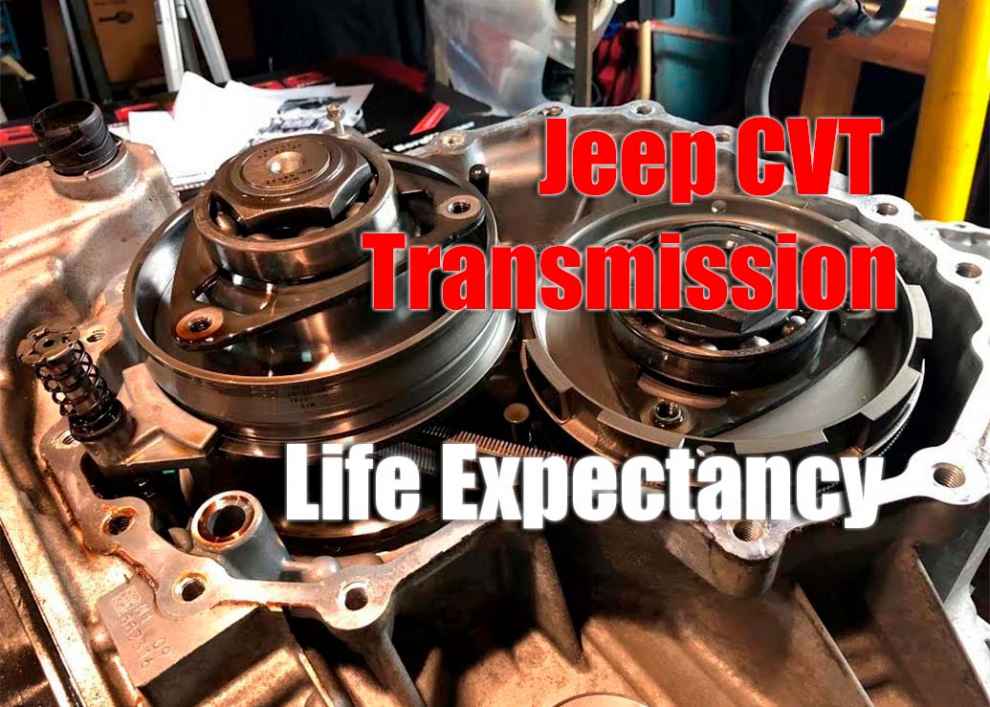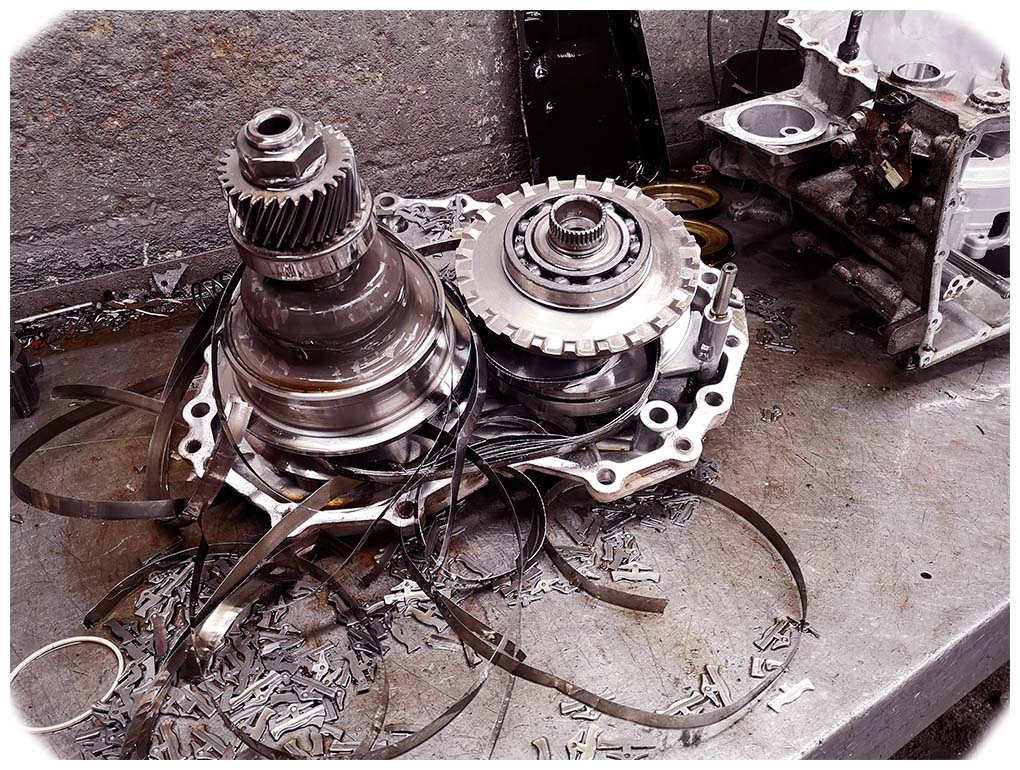Jeeps are known for their versatility and off-roading capabilities. To help Jeep drivers get the most out of their vehicles, many models feature a Continuously Variable Transmission (CVT). The CVT is a type of automatic transmission that provides smoother shifting than traditional manual transmissions. However, like all components of a vehicle, the life expectancy of a Jeep’s CVT is limited. In this article, we’ll discuss how to maximize your Jeep’s CVT life expectancy and enjoy smooth rides for years to come.
How Does a CVT Work?
A Continuously Variable Transmission (CVT) works by providing an infinite number of gear ratios. Unlike traditional manual transmissions that have preset gears, the CVT continuously adjusts the ratio between engine speed and wheel speed to provide optimal performance and fuel efficiency at any given speed range. This makes accelerating from 0-60 faster compared to vehicles with manual transmissions as well as more consistent when driving on hills or when towing heavy loads. The fluidity of this transmission also results in less jerking during shifting as it can maintain an even speed without having to shift through gears as manual transmissions do.
The Pros and Cons of a CVT in Jeeps
The primary benefit of a Continuously Variable Transmission (CVT) in Jeeps is improved fuel efficiency and smoother acceleration. This transmission also requires less maintenance than manual transmissions. However, the lack of preset gears can make it difficult to control your vehicle’s speed when going downhill or when towing a trailer. In addition, the moving parts in a CVT are more delicate and require more frequent servicing compared to manual transmissions.
 Factors Affecting the Longevity of a Jeep’s CVT
Factors Affecting the Longevity of a Jeep’s CVT
Several factors affect the life expectancy of your Jeep’s CVT, including:
-
Fluid: A CVT relies on fluid for proper operation and lubrication, so it’s important to check and change the fluid regularly according to your owner’s manual.
-
Driving Habits: The way you drive affects how long your transmission lasts, so try to avoid sudden acceleration or deceleration as much as possible. If possible, try driving slower and accelerating gradually whenever possible.
-
Maintenance: Regularly servicing your vehicle helps ensure that all parts are functioning properly and can help extend the life of your transmission.
Maintenance Tips for Prolonging the Life of Your Jeep’s CVT
To get the most out of your Jeep’s Continuously Variable Transmission (CVT) and maximize its life expectancy, here are some tips you should follow:
-
Check the fluid: Check your owner’s manual to find out how often you should change the fluid in your vehicle. If it’s time to change it, ensure to use the manufacturer-recommended type of transmission fluid.
-
Keep an eye on temperatures: The temperature of a CVT transmission can easily exceed normal levels if it is not operating properly, so be sure to keep an eye on this as well.
-
Drive carefully: As mentioned above, sudden acceleration and deceleration can put a strain on your vehicle’s CVT so try to drive carefully and accelerate smoothly whenever possible.
-
Get regular maintenance: Regular maintenance helps ensure that all parts are functioning properly and can help extend the life of your transmission. Make sure to take your vehicle in for servicing according to its schedule or if any problems arise.
Conclusion
The Continuously Variable Transmission (CVT) in Jeeps is a great way to get smoother shifts and improved fuel efficiency. However, like any component of a vehicle, it has a limited life expectancy that can be affected by various factors. To ensure that you get the most out of your Jeep’s CVT and extend its life expectancy, make sure to check the fluid regularly, drive carefully, and take it in for regular maintenance. With proper care, you should be able to enjoy smooth rides for years to come.

 Factors Affecting the Longevity of a Jeep’s CVT
Factors Affecting the Longevity of a Jeep’s CVT
Add Comment